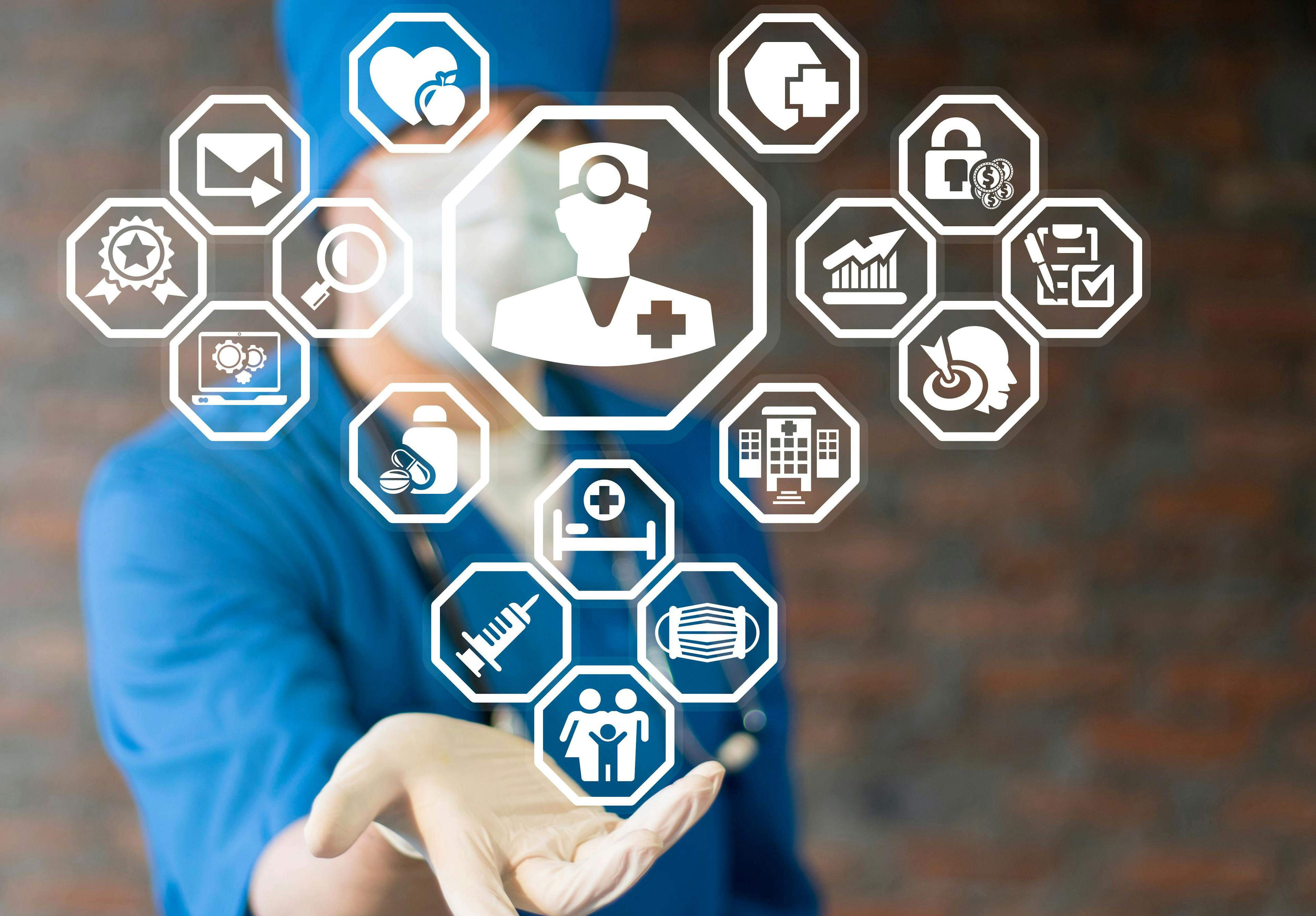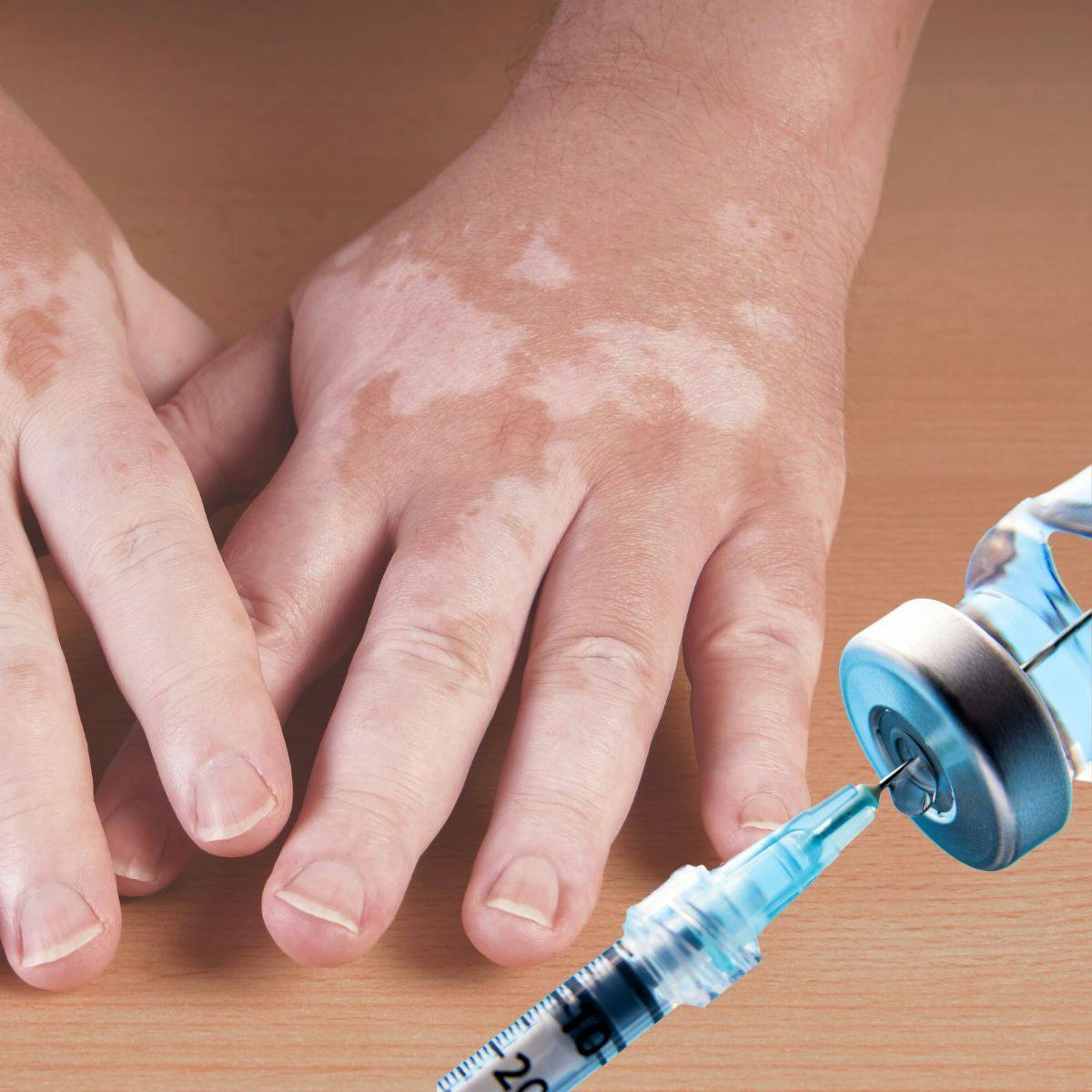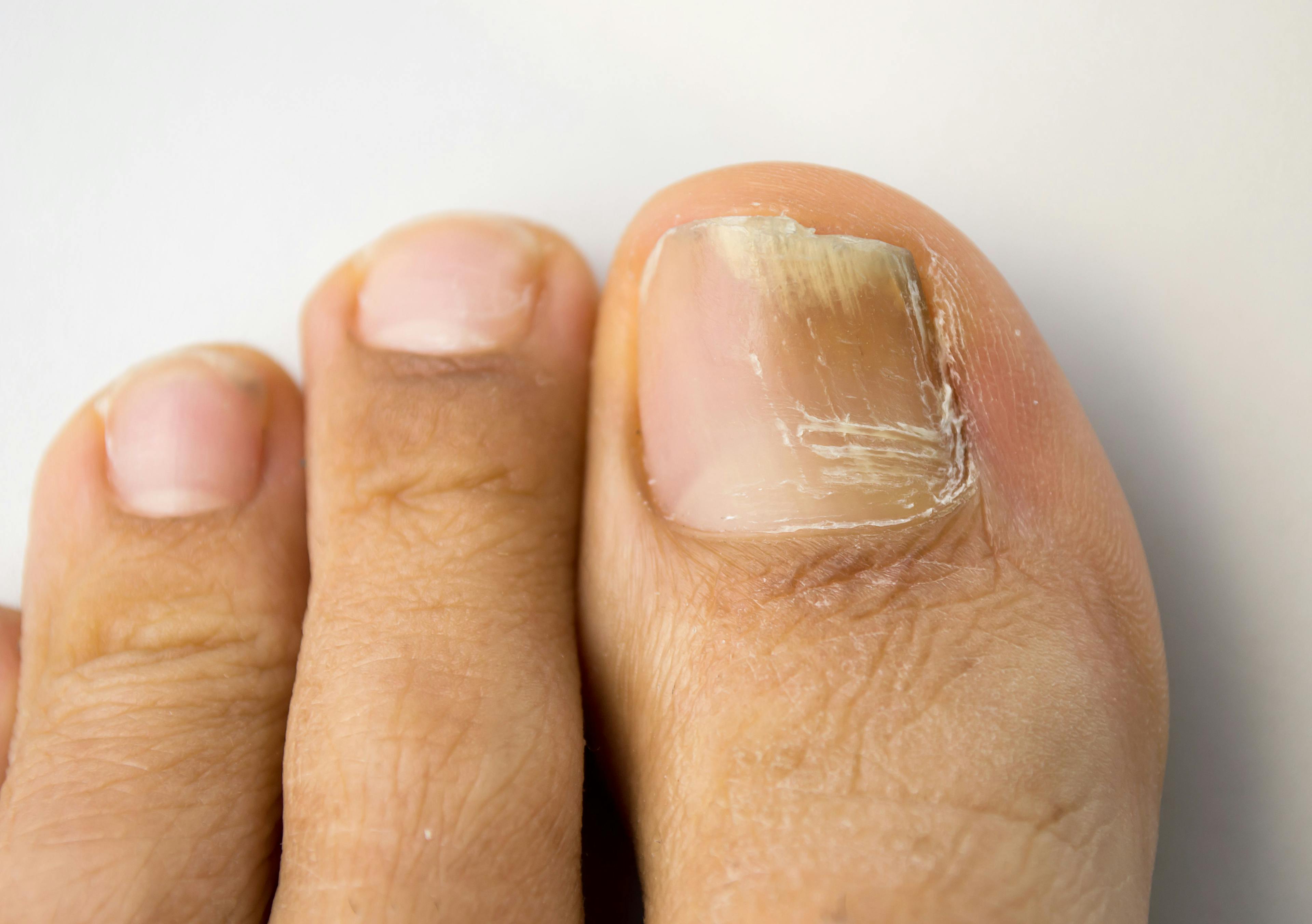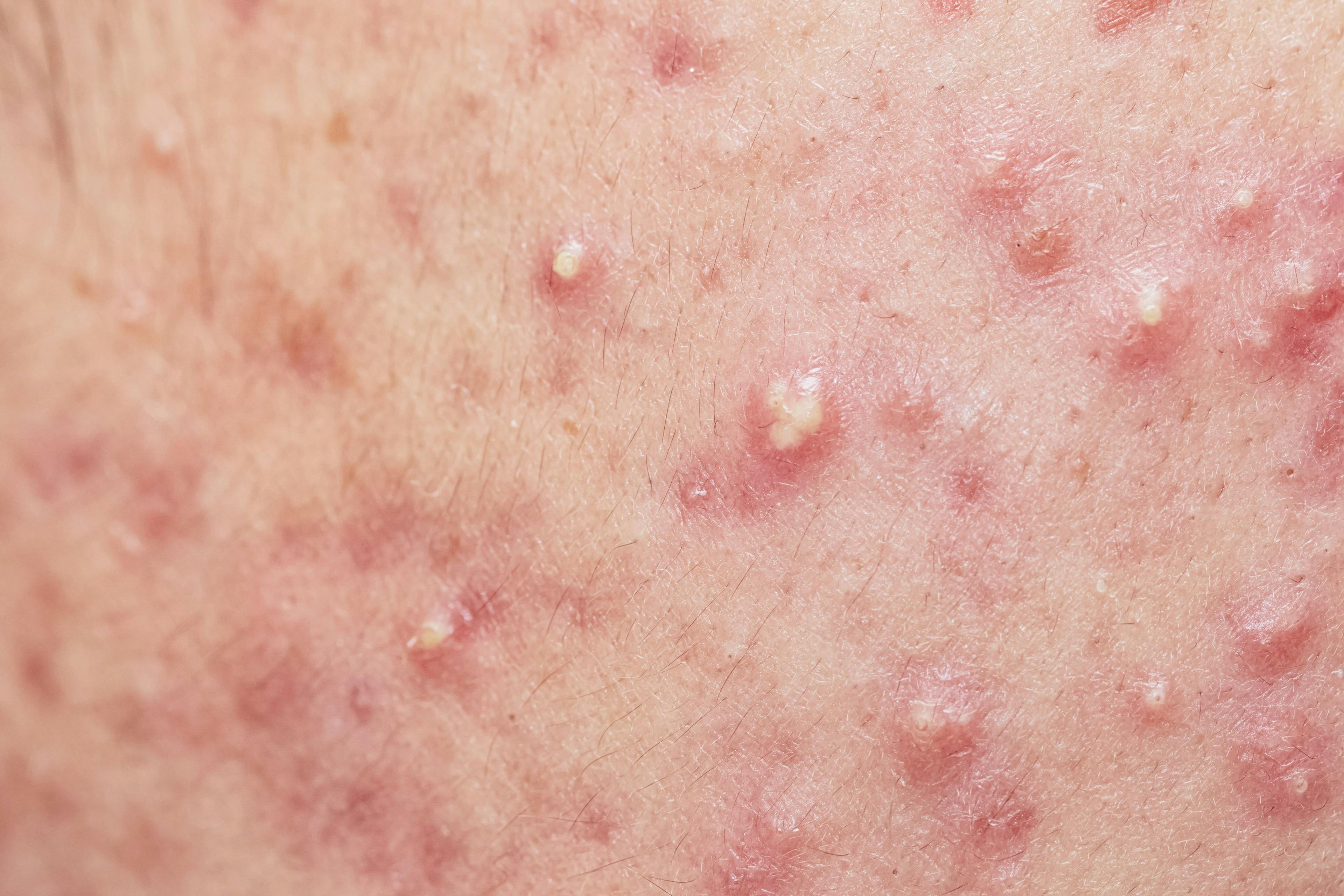- Acne
- Actinic Keratosis
- Aesthetics
- Alopecia
- Atopic Dermatitis
- Buy-and-Bill
- COVID-19
- Case-Based Roundtable
- Chronic Hand Eczema
- Chronic Spontaneous Urticaria
- Drug Watch
- Eczema
- General Dermatology
- Hidradenitis Suppurativa
- Melasma
- NP and PA
- Pediatric Dermatology
- Pigmentary Disorders
- Practice Management
- Precision Medicine and Biologics
- Prurigo Nodularis
- Psoriasis
- Psoriatic Arthritis
- Rare Disease
- Rosacea
- Skin Cancer
- Vitiligo
- Wound Care
News
Article
Dermatology Times
New Treatments Bring Hope for Autoimmune Skin Conditions
Author(s):
The emergence of JAK inhibitors has shown tremendous promise as a novel therapeutic approach.
2023 brought exciting advances in the treatment of alopecia areata and vitiligo, autoimmune skin conditions that can significantly impact a person’s physical appearance and emotional well-being. The emergence of Janus kinase (JAK) inhibitors has shown tremendous promise as a novel therapeutic approach. By inhibiting JAKs, these new treatments can modulate the immune system and provide relief for those with alopecia areata and vitiligo.
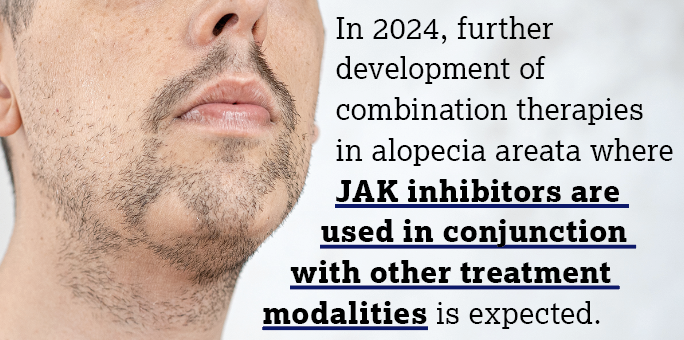
In June 2023, ritlecitinib (Litfulo), a JAK inhibitor developed by Pfizer, was FDA approved for use in alopecia areata, complementing baricitinib (Olumiant), the JAK inhibitor released by Eli Lilly in 2022. As researchers begin to understand that not all patients with alopecia areata respond the same way to JAK inhibitors, treatments may become more personalized with specific therapies tailored to different patient subgroups based on their unique characteristics and underlying autoimmune mechanisms. Use of real-world data, including patient outcomes, to evaluate the currently approved treatments will further this analysis. In 2024, further development of combination therapies in alopecia areata where JAK inhibitors are used in conjunction with other treatment modalities is expected. These combinations could enhance their effectiveness and provide more comprehensive management of the disease.
Advances in the use of JAK inhibitors for vitiligo are equally significant. Studies show that JAK inhibitors can stimulate repigmentation in vitiligo-affected areas. This exciting development provides hope to those with vitiligo by offering a way to regain skin color. In patients with skin of color, depigmented white patches characteristic of vitiligo can be more noticeable, leading to greater aesthetic concerns and potential social stigmatization. The psychosocial impact of vitiligo in people with darker skin tones can therefore be profound, as it may result in heightened self-esteem issues and a greater impact on their overall well-being. The development of additional oral and topical JAK inhibitors will be closely watched in 2024, especially considering the disproportionate impact vitiligo has on patients with skin of color.
As response to JAK inhibitors can vary from person to person, continued research is essential for understanding the factors that contribute to treatment success. One way to expedite the drug development timeline for these conditions is to leverage real-world data sets with artificial intelligence. Predictive analytics can assist in patient selection for clinical trials as well as define the patient journey for those with the conditions. Identifying those most recalcitrant to treatment offers insights into patient subtypes and where unmet needs remain.
Also anticipated in 2024 are further research and clinical trials exploring the efficacy of JAK inhibitors in these as well as other skin-related disorders. Pharmaceutical companies may develop more advanced formulations, including new topical applications that target specific skin areas, reducing the potential for systemic adverse effects. Early-stage clinical trials also suggest that researchers are developing new JAK inhibitors that offer different profiles in terms of efficacy and safety. These new drugs could address specific subsets of patients and conditions.
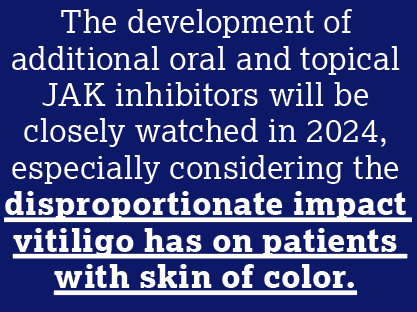
Researchers are likely to continue to explore combination therapies involving JAK and tyrosine kinase inhibitors to enhance effectiveness in the treatment of autoimmune skin conditions as well as to minimize adverse effects. With more extensive usage, there will be a greater emphasis on monitoring the long-term safety and efficacy of JAK inhibitors. Researchers will be incentivized to publish more data that provide a clearer understanding of the benefits and potential risks of these treatments. Ultimately, JAK inhibitors should become more widely available as regulatory approvals and insurance coverage expand.
The emergence of JAK inhibitors as treatments for alopecia areata and vitiligo offers hope and promise to individuals living with these debilitating autoimmune skin conditions. While there are challenges to address, such as long-term safety and accessibility, the progress in this field is a significant step forward in dermatological treatment options. With further research and clinical advancements, JAK inhibitors are likely to become an integral part of the toolbox for managing alopecia areata and vitiligo, providing individuals with a pathway to regaining their confidence and quality of life.
Stefan Weiss, MD, MBA, FAAD, is the managing director of dermatology at OM1, a real-world data, AI, and, technology company with a focus on chronic diseases.

Newsletter
Like what you’re reading? Subscribe to Dermatology Times for weekly updates on therapies, innovations, and real-world practice tips.







